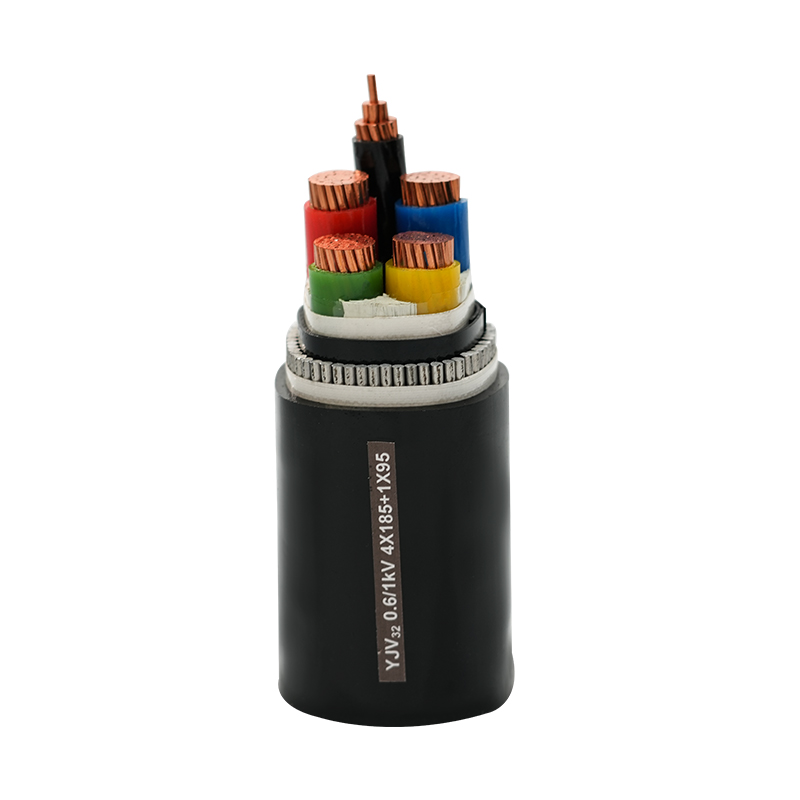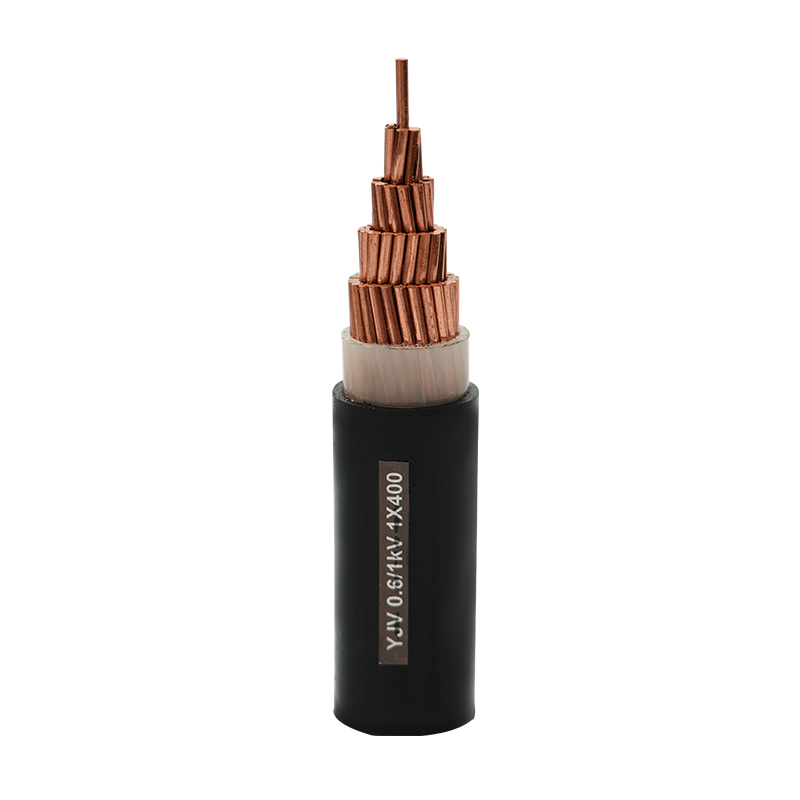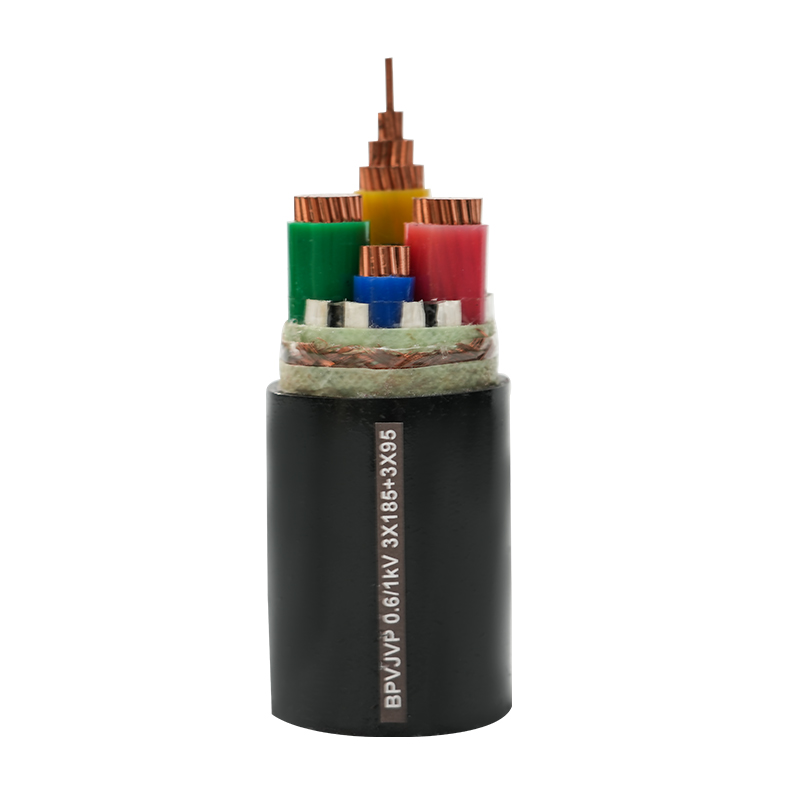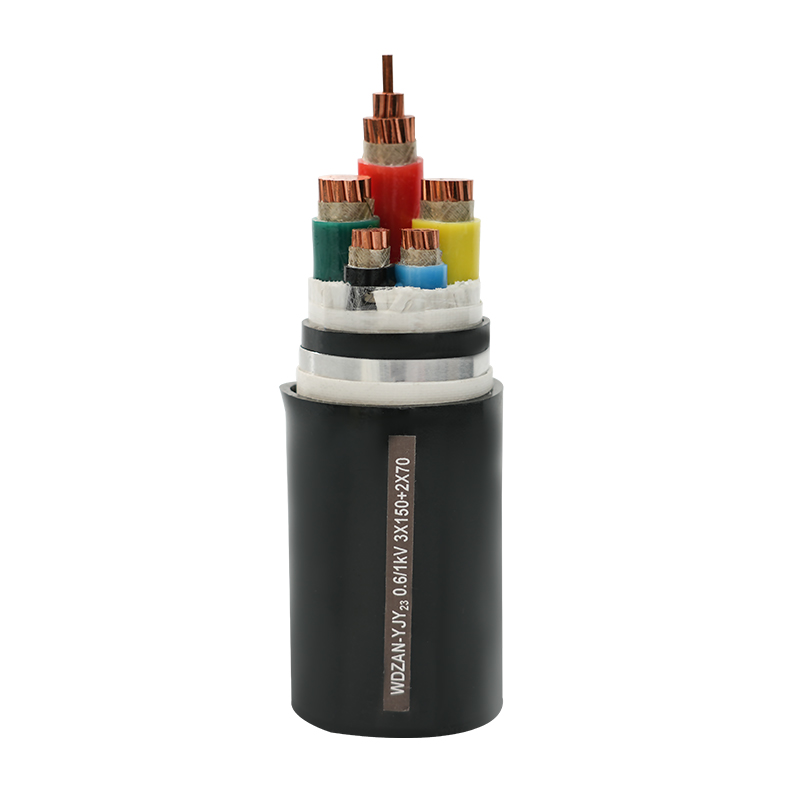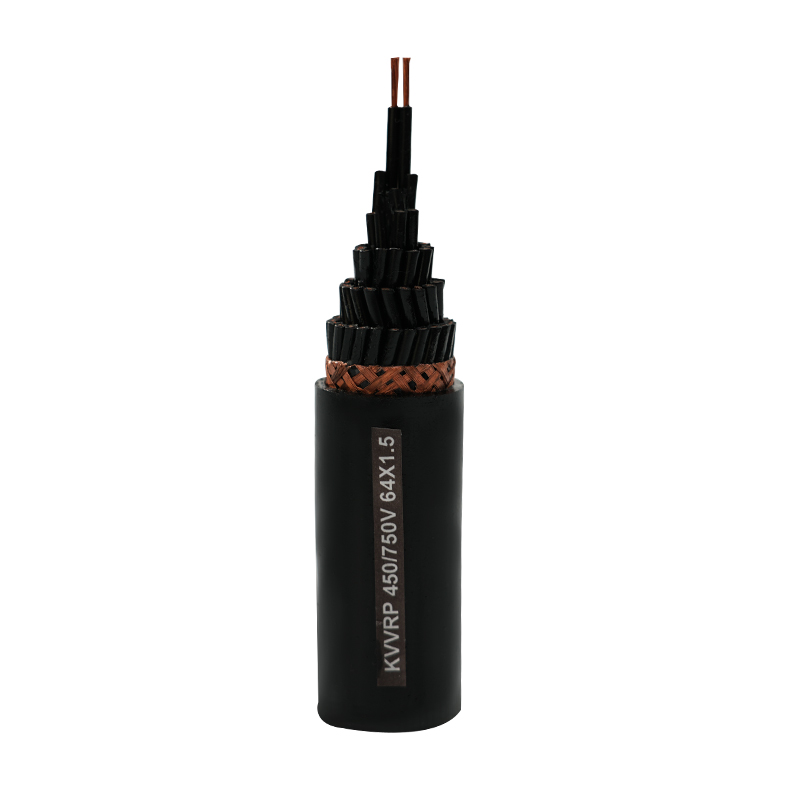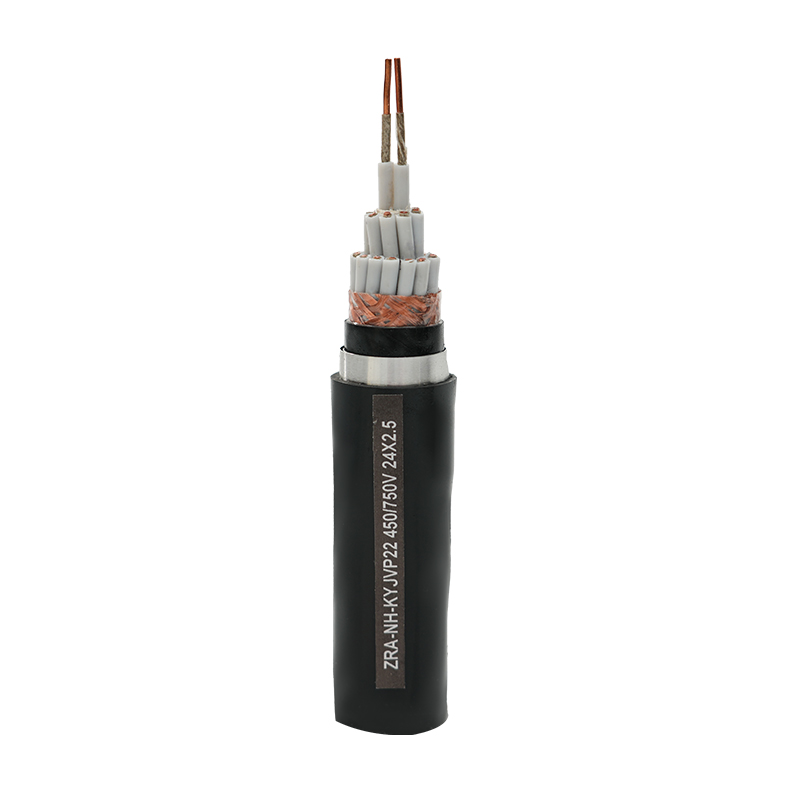In the intricate network of modern electrical infrastructure, the power cable is a critical component responsible for the safe and reliable distribution of energy. For low-voltage applications (typically up to 1kV), the choice of insulation material is paramount. Cross-linked polyethylene (XLPE) has emerged as a superior choice, offering enhanced thermal, mechanical, and electrical properties compared to traditional PVC. Selecting the correct Low Voltage XLPE Power Cable is not merely a matter of meeting a specification; it's a strategic decision that impacts the safety, longevity, and efficiency of your entire electrical system. This guide provides a comprehensive framework for engineers, contractors, and procurement specialists to make an informed choice.
Understanding the Core Advantages of XLPE Insulation
Before diving into specific cable types, it's essential to understand why XLPE has become the industry standard for demanding low-voltage applications. Its molecular structure, created through a cross-linking process, transforms standard polyethylene into a robust thermoset material. This fundamental change results in a host of performance benefits that directly address the limitations of older insulation materials.
- Higher Operating Temperature: XLPE can operate continuously at temperatures up to 90°C, compared to 70°C for PVC, allowing higher current capacity and better safety margins
- Enhanced Thermal and Mechanical Properties: Excellent resistance to deformation, maintaining mechanical strength and shape at high temperatures with superior stress cracking resistance
- Excellent Electrical Characteristics: High dielectric strength and low dielectric loss result in lower leakage currents and improved energy efficiency
- Superior Chemical and Moisture Resistance: Highly resistant to chemicals, oils, and solvents with very low water absorption for maintained electrical integrity
Key Cable Types and Construction: Matching the Cable to the Environment
Not all XLPE cables are created equal. Their construction—particularly the materials used for the sheath and armoring—is tailored to specific installation environments. Selecting the wrong type of cable for a given environment can lead to premature failure, safety hazards, and non-compliance with electrical codes.
PVC XLPE Insulated Power Cable for Indoor Applications
The most common and versatile configuration for general-purpose low-voltage power distribution is the PVC XLPE insulated power cable. This construction features an XLPE-insulated conductor protected by an outer sheath of Polyvinyl Chloride (PVC). This combination leverages the superior thermal and electrical properties of XLPE for insulation while using the cost-effective, durable, and flame-retardant properties of PVC for external protection.
- Cost-Effectiveness: PVC outer sheath provides budget-friendly protection for various applications
- Good Mechanical Protection: Resistant to abrasion, impact, and chemicals for cable trays and conduits
- Flame Retardancy: Inherently flame-retardant and self-extinguishing for indoor safety requirements
Armoured XLPE Cable for Demanding Environments
When cables are installed in environments where they are exposed to significant mechanical stress, the risk of damage is high. This includes direct burial in the ground, installation in areas with heavy foot traffic, or exposure to potential impact from equipment. For these scenarios, an armoured XLPE cable is essential. The armour provides a robust physical barrier that protects the cable's conductors and insulation.
- Types of Armour: Steel Wire Armour (SWA) for tensile strength and Steel Tape Armour (STA) for compression protection
- Enhanced Safety and Reliability: Protects against crushing, impact, and rodent damage while serving as earth fault path
- Installation Versatility: Suitable for direct burial, underground ducts, and cable trays in harsh environments
Cable Type Selection Guide
| Cable Type | Best Application | Key Features | Installation Environment |
| PVC XLPE | Indoor Power Distribution | Cost-effective, flame retardant | Protected indoor areas |
| Armoured XLPE | Industrial & Outdoor | Mechanical protection, durable | Harsh conditions, burial |
| Marine Grade | Offshore & Marine | Corrosion resistant, LSZH | Saltwater environments |
| Solar PV | Solar Installations | UV resistant, DC rated | Outdoor solar arrays |
Specialized Applications and Compliance
Beyond standard constructions, there are specialized XLPE cables designed for unique environments and regulatory requirements. Understanding these niche products is crucial for projects with specific demands, such as marine applications or solar power generation.
Marine Grade XLPE Cable for Harsh Environments
Standard power cables are not suitable for the harsh conditions found on ships, offshore platforms, and in ports. A marine grade XLPE cable is engineered with specific features to withstand the unique challenges of the marine environment, including constant vibration, saltwater exposure, and strict fire safety standards.
- Corrosion Resistance: Tinned copper conductors and corrosion-resistant armour materials prevent saltwater damage
- Halogen-Free and Low Smoke: LSZH construction ensures minimal smoke and no toxic gases during fires
- Flexibility and Vibration Resistance: Designed to withstand constant vessel vibration and movement
Solar PV XLPE Cable for Renewable Energy
Photovoltaic (PV) solar installations present a unique set of challenges: exposure to UV radiation, extreme temperature fluctuations, and the need for a DC-rated cable that can last for decades. A solar PV XLPE cable is specifically designed to meet these demands, ensuring the long-term reliability and safety of the solar array.
- UV and Weather Resistance: Specially compounded sheath resists ultraviolet radiation and ozone degradation
- Wide Temperature Range: Rated for extreme temperatures from -40°C to +90°C
- DC Rated and Double Insulated: Specifically designed for DC voltages with enhanced insulation protection
Quality Assurance and Supplier Evaluation
The quality of a power cable is only as good as the manufacturer that produces it. A low-quality cable can pose a severe safety risk and lead to catastrophic failures. Therefore, a thorough evaluation of the supplier is a non-negotiable step in the procurement process. You are not just buying a product; you are investing in the safety and reliability of your project.
- Manufacturing Credentials: Verify production facilities, equipment quality, and technical capabilities
- Quality Certifications: Look for ISO 9001, ISO 14001, and relevant international standards compliance
- Industry Experience: Consider the manufacturer's track record and specialization in cable production
- Testing Capabilities: Ensure comprehensive product testing and quality control procedures
Conclusion: A Strategic Investment in Safety and Performance
Selecting the right Low Voltage XLPE Power Cable is a detailed process that requires a clear understanding of your application's environmental and electrical demands. By carefully considering the insulation benefits, choosing the correct construction (PVC sheathed, armoured, or specialized), and rigorously vetting your supplier, you can ensure the safety, reliability, and longevity of your electrical infrastructure. Making an informed choice provides the assurance that the cables you install will perform as expected for decades to come.
FAQ
Can I use an armoured XLPE cable on a cable tray indoors?
Yes, you absolutely can. While armoured cables are often associated with direct burial, they are perfectly suitable and often specified for indoor cable tray installations, particularly in industrial environments or areas where the cable may be exposed to mechanical damage. The armour provides an excellent layer of protection against accidental impact from tools or other equipment. The primary consideration is the termination, as terminating armoured cable requires more time and specific glands to properly ground the armour.
What is the difference between SWA and STA armour?
The main difference lies in their construction and the type of protection they offer. SWA (Steel Wire Armour) consists of galvanized steel wires laid helically around the cable, providing excellent protection against pulling forces (tensile stress) and high-impact mechanical damage. STA (Steel Tape Armour) consists of two overlapping steel tapes, offering good protection against compression and impact but less tensile strength. SWA is generally more robust and is typically used for multi-core cables, while STA is common for single-core cables.
Why are marine grade cables so much more expensive than standard armoured cables?
The higher cost is due to the specialized materials and stringent manufacturing requirements. Marine cables require tinned copper conductors to prevent corrosion, which is an extra processing step. The armour must be made of non-ferrous or corrosion-resistant materials. Most importantly, the outer sheath must be a high-performance LSZH compound that is both UV and oil resistant and meets strict international fire safety standards. These specialized materials and the rigorous testing required to certify them significantly increase the cost compared to a standard PVC-sheathed, steel-armoured cable.
Is it always necessary to use a dedicated solar PV cable for a solar panel installation?
Yes, it is highly recommended and often required by electrical codes and warranty conditions. Standard USE-2 or RHH/RHW-2 cables are sometimes permitted, but dedicated solar PV cables (e.g., PV1-F) offer superior advantages. They are specifically rated for DC voltages, are more flexible for easier handling in tight spaces, have thicker and more UV-resistant insulation, and are double-insulated for enhanced safety. Using a non-rated cable can lead to premature failure, void warranties, and create a significant safety hazard.
How do I determine the correct size (gauge) of an XLPE power cable for my application?
Cable sizing is a critical engineering calculation that must be performed in accordance with national and local electrical codes (e.g., NEC in the US, IEC 60364 internationally). The primary factors to consider are: 1) The load current (ampacity) the cable must carry. 2) The method of installation (e.g., in conduit, in cable tray, direct burial), as this affects heat dissipation. 3) The ambient temperature. 4) The maximum permissible voltage drop over the cable's length. Undersizing a cable can lead to overheating and fire, while oversizing is an unnecessary expense. It is always best to consult a qualified electrical engineer.

 English
English 中文简体
中文简体 русский
русский عربى
عربى